The 10 most expensive coffees in the world include rare beans like Black Ivory, Ospina Dynasty, Kopi Luwak, and Panama Geisha. These coffees are costly due to unique processing, low yield, limited origin, and high demand. Each one has its own unique flavor and interesting backstory.
This article lists the 10 most expensive coffees in the world. Each one stands out in terms of taste, origin, rarity, or the method of its production. Learn what makes them rare, how they taste, where they come from, and why people pay hundreds or even thousands for a kilogram. Get ready for a luxury coffee tour like no other.
| Coffee Name | Avg. Price Per lb | Origin |
|---|---|---|
| Black Ivory | $1500-$2000 | Northern Thailand |
| Misha Coffee | $600-$700 | Andes, South America |
| Kopi Luwak | $400-$500 | Indonesia (Java, Sumatra, Bali) |
| Ospina Dynasty | $2000-$5000 | Colombia |
| Finca El Injerto | $50-$300 | Guatemala |
| Saint Helena | $350-$600 | Saint Helena, Atlantic Ocean |
| Panamanian Geisha (Hacienda La Esmeralda) | $100-$5000 | Panama (Boquete region) |
| Hawaiian Kona | $100 | Hawaii (Big Island, Molokai) |
| Jamaica Blue Mountain | $150–$200 | Blue Mountains, Jamaica |
| Jacu Bird Coffee | $500 | Brazil |
1. Kopi Luwak Coffee
Kopi Luwak is one of the world’s most expensive and unique coffees, selling for around $400 to $500 per pound. Its high price comes from its rare and unusual production process. It is made from coffee beans that are eaten and defecated by Asian Palm Civets, mainly in the Indonesian islands of Bali, Java, and Sumatra.
Civets eat the ripe coffee cherries, which are then processed by enzymes in their digestive system. Kopi Luwak is essentially made from the feces of the civet, which is why it is also known as cat poop coffee.
Kopi Luwak coffee has nutty and caramel flavors and has earthy and musty notes like any other good quality Indonesian Arabica beans. Because it’s labor-intensive and difficult to source, especially from wild civets, Kopi Luwak remains one of the most talked-about and expensive coffees in the world.
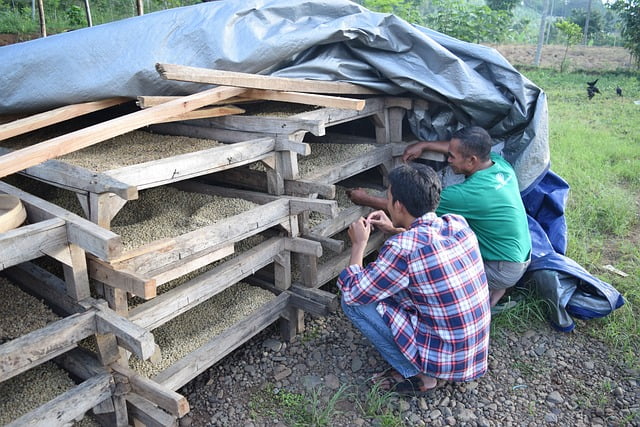
2. Black Ivory Coffee
Black Ivory Coffee is the world’s most expensive coffee, priced at around $2,000 per pound. What makes it special is its rare production process. Thai elephants actually play the key role in making this coffee.
Workers feed Arabica coffee beans to elephants in northern Thailand. The beans pass through the elephants’ digestive system, where the stomach acids and enzymes break down the proteins that normally make coffee taste bitter. After the elephants digest the beans naturally, workers collect them from the elephant dung, clean them thoroughly, and then roast them.
This slow, labor-intensive process yields only a small amount of coffee. In fact, it takes about 33 kilograms of cherries to produce just 1 kilogram of usable beans. The coffee is also grown at high altitudes, adding to its quality and price. Black Ivory Coffee is known for its smooth taste, low acidity, and subtle hints of chocolate and spice — all without bitterness.

3. Saint Helena Coffee
Saint Helena Coffee is one of the world’s rarest and most expensive coffees, priced between $350 and $600 per pound. It grows on Saint Helena Island, a tiny, remote island sitting in the South Atlantic Ocean.
The beans come from the rare Green-Tipped Bourbon Arabica variety. The island’s special conditions, such as volcanic slopes, high altitudes, consistent temperatures, and rich volcanic soil, make it the perfect place for coffee to thrive. These elements give the beans their amazing quality and unique flavor. Legend says Napoleon used to drink this coffee during his exile in the early 19th century, adding to its fame.
Its high price is due to limited production, small-scale farming, and the use of natural spring water during processing. The cost of shipping from such a distant location also raises its value. Only 12 tons of this coffee are produced per year. Saint Helena Coffee has a clean, tea-like body that appeals to those who enjoy light, complex flavors. It’s rare, refined, and often hard to find.
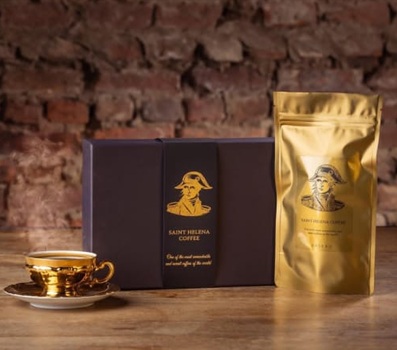
4. Panamanian Geisha Coffee (Hacienda La Esmeralda)
Geisha is a sub-variety of Arabica Coffee known for its exceptional taste. Panamanian Geisha from Hacienda La Esmeralda is one of the world’s most awarded and expensive coffees. The average cost is $100 to $200 per pound, with some selling for over $5,000 per pound at auction.
Its high price is due to its rare beans, limited harvest, strong marketing, and high global demand. Geisha needs a very specific and unusual set of growing conditions only found in a few remote regions of Panama. The steep hillsides, volcanic soil makeup, elevation levels, rainfall, and diffused sunlight all impact the beans’ distinct floral tastes.
Panama Geisha stands out for its floral, fruity notes of jasmine, bergamot, and peach. It has a tea-like body, a rich aroma, and a clean, sweet taste that’s delicate yet unforgettable. Top specialty roasters and cafes compete to buy, serve, and showcase Panamanian Geisha each year. Yet supply hits the market in very limited quantities, totaling just a few thousand pounds annually.
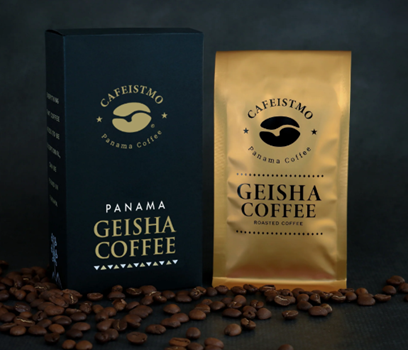
5. Finca El Injerto Coffee
Finca El Injerto is a rare, award-winning Guatemalan coffee priced at around $50 to $300 per pound. It comes from one of Guatemala’s most legendary coffee farms, located in the highlands of Huehuetenango. This farm has an impressive track record of winning awards in Cup of Excellence competitions, consistently achieving cupping scores over 90.
The Aguirre family runs the farm and has been growing coffee there for generations. They focus on quality over quantity, using sustainable farming methods and planting rare, specialty coffee varieties like Bourbon, Pacamara, and Geisha.
Their Bourbon variety has a creamy body, refined acidity, and sweet, chocolatey notes, while their other varieties offer citric tangerine acidity with notes of tropical fruits like peach and pineapple. Their Pacamara variety is particularly renowned for its exquisite flavor and large bean size.

6. Hawaiian Kona Coffee
Hawaiian Kona Coffee grows exclusively on the slopes of the Hualalai and Mauna Loa volcanoes on Hawaii’s Big Island. One variety that stands out is the prized Kona Peaberry – these oval-shaped beans pack an extra punch of oils and flavor. These beans are super rare and have a cupping score of over 85, and usually sell for over $100 per pound.
The Kona Coffee Belt creates perfect growing conditions for this coffee. This narrow strip of land sits at elevations between 800 and 2,500 feet, where volcanic soil, consistent temperatures, and the right amount of rainfall and sunshine combine perfectly.
Farmers in the Kona District have been growing coffee since the early 1800s. Today, most Kona coffee comes from small, family-owned farms. These farmers hand-pick the coffee cherries and take a lot of care in processing to keep the quality high.
To be labeled as 100% Kona Coffee, it has to be made only with beans from the Kona region. Some blends use just a little Kona mixed with cheaper beans, so it’s good to check the label.
Authentic Kona coffee is rich and smooth, with hints of nuts, spices, and sometimes a touch of chocolate. It brews up a clean, bright cup that’s not bitter at all.
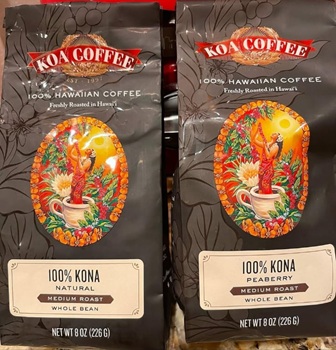
7. Jamaican Blue Mountain Coffee
Jamaican Blue Mountain Coffee is one of the most famous and expensive coffees in the world, priced at around $150 to $200 per pound. This coffee is grown at high altitudes, usually between 3,000 and 5,500 feet, in the Blue Mountains of Jamaica at places like St. Andrew, Portland, St. Thomas, and St. Mary. The regions known for cool temperatures, rich soil, and misty climate, perfect for growing high-quality coffee.
The farms are small and often family-run, and the beans are hand-picked with a lot of care. The Jamaican government strictly controls this coffee’s production and export. Jamaica Blue Mountain Coffee is a globally protected certification mark, meaning only coffee certified by the Jamaica Commodities Regulatory Authority can legally use this name.
Authentic Jamaica Blue Mountain Coffee delivers a smooth, mild flavor with perfect balance – it’s neither too acidic nor too bitter. The unique growing conditions in the misty mountains create a coffee that’s incredibly clean and refined, which explains why it commands some of the highest prices in the coffee world.
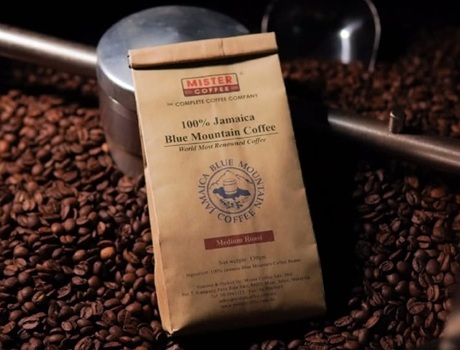
8. Ospina Dynasty Coffee
Ospina Dynasty Coffee is the world’s finest, most prestigious, and most expensive coffee. It comes from Colombia, where the Ospina family has been growing coffee since 1835—that’s nearly 200 years! This coffee sells for around $2,000 to $5,000 per pound, making it one of the most expensive coffees you can buy.
What makes this coffee stand out is the tradition behind it. Members of the Ospina family have even served as Presidents of Colombia, and they’ve stayed involved in coffee through generations. It’s truly a legacy brand.
The coffee is grown high in the Andes Mountains, in rich volcanic soil and perfect climate conditions. The Ospina family uses Arabica Typica beans, which are known for their smooth, rich flavor.
Ospina Dynasty Coffee gets a lot of love from experts for its amazing qualities and is often known as “Champagne of Coffee”. It has a fantastic aroma and a rich flavor that really stands out. It’s smooth and full-bodied, with a nice balance that gives it a delicious, wine-like aftertaste.
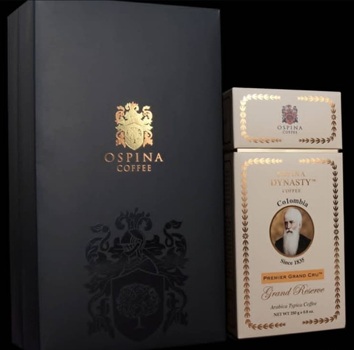
9. Misha Coffee
Misha Coffee is a rare and exotic coffee that comes from the Peruvian Amazon. It’s special because it’s made from coffee beans that have passed through the digestive system of a small animal called the coati, a raccoon-like creature that lives in the forests of South America. This coffee is priced at $600 to $700 per pound.
The production process works like this: When the coffee cherries ripen, its deep red color and sweet pulp attract many wild animals, including the raccoon, which only feeds on the best coffee cherries. The beans go through their digestive system, and once they’re naturally excreted, farmers collect, wash, and process them. This process changes the beans in a way that gives the coffee a smoother, richer flavor.
Coatis are locally known as a “Mishasho,” from where the Misha coffee gets its name. It is mostly produced in a more ethical and sustainable way on small farms, especially in regions like Chanchamayo and Villa Rica.
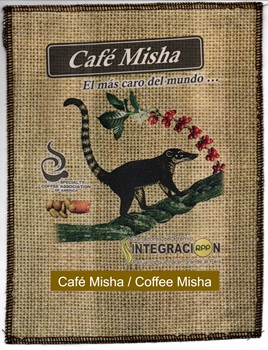
10. Jacu Bird Coffee
Jacu Bird Coffee is one of the world’s most expensive and unusual coffees from Brazil. People often call it bird poop coffee due to its production method. It is priced at $500 per pound or more. Workers ethically source it from coffee cherries eaten by Wild Jacu birds in Brazil.
Here’s what makes it special: the Jacu bird eats only the ripest coffee cherries. After the cherries pass through its digestive system, farmers collect the beans from the droppings, clean them, and process them just like regular coffee beans. This natural process changes the flavor of the beans, making the coffee smoother and less acidic.
The limited production, caused by the birds’ free movement and unpredictable feeding, makes Jacu Bird Coffee even more valuable. Collecting these wild-processed beans is labor-intensive, keeping the supply small and the price high.
The coffee delivers exceptional flavors that justify its premium price. This brew yields a clear, sharp cup. It is bright and acidic with a unique fruity and floral aroma. It has an aftertaste of sweet anise.
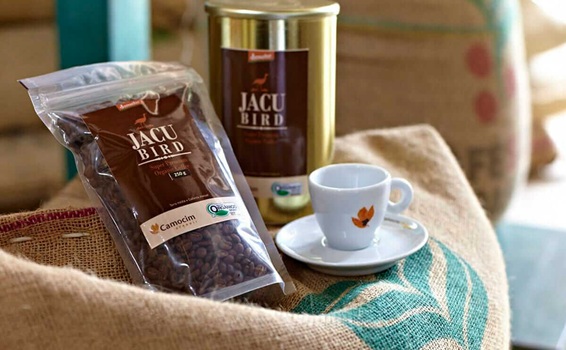
Why are some Coffees expensive than others?
Many of the world’s most expensive coffees cost a lot because they are extremely rare, very hard to produce, and requires very specific natural conditions. Most come from small farms in remote areas. Some use animals like elephants, civets, or birds to digest the cherries. This process gives the coffee a special taste but results in a very low yield. Farmers often collect beans by hand, clean them carefully, and roast them in small batches.
Limited supply and high demand also push prices up. Some of these coffees are sold at auctions, where collectors and cafes pay top dollar for them. Ethical farming, wildlife care, and eco-friendly methods also raise costs. Many farms focus on quality, not quantity, using certifications and strict checks.
Each coffee has a story. Buyers pay for that story, along with the flavor. From the animal’s role to the farm’s care, every detail adds to the price. These coffees aren’t just drinks, they’re experiences.
Check out Related Articles



